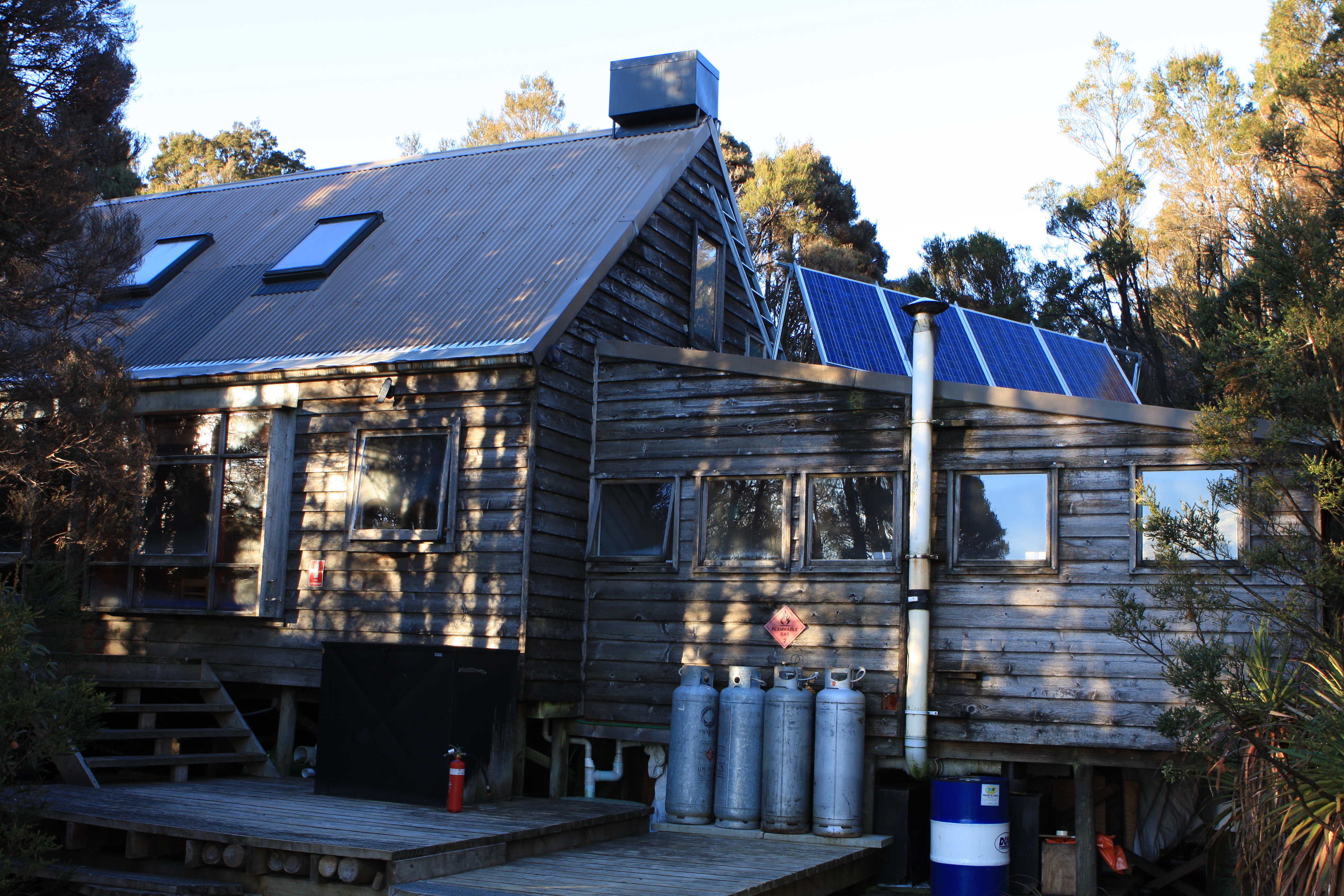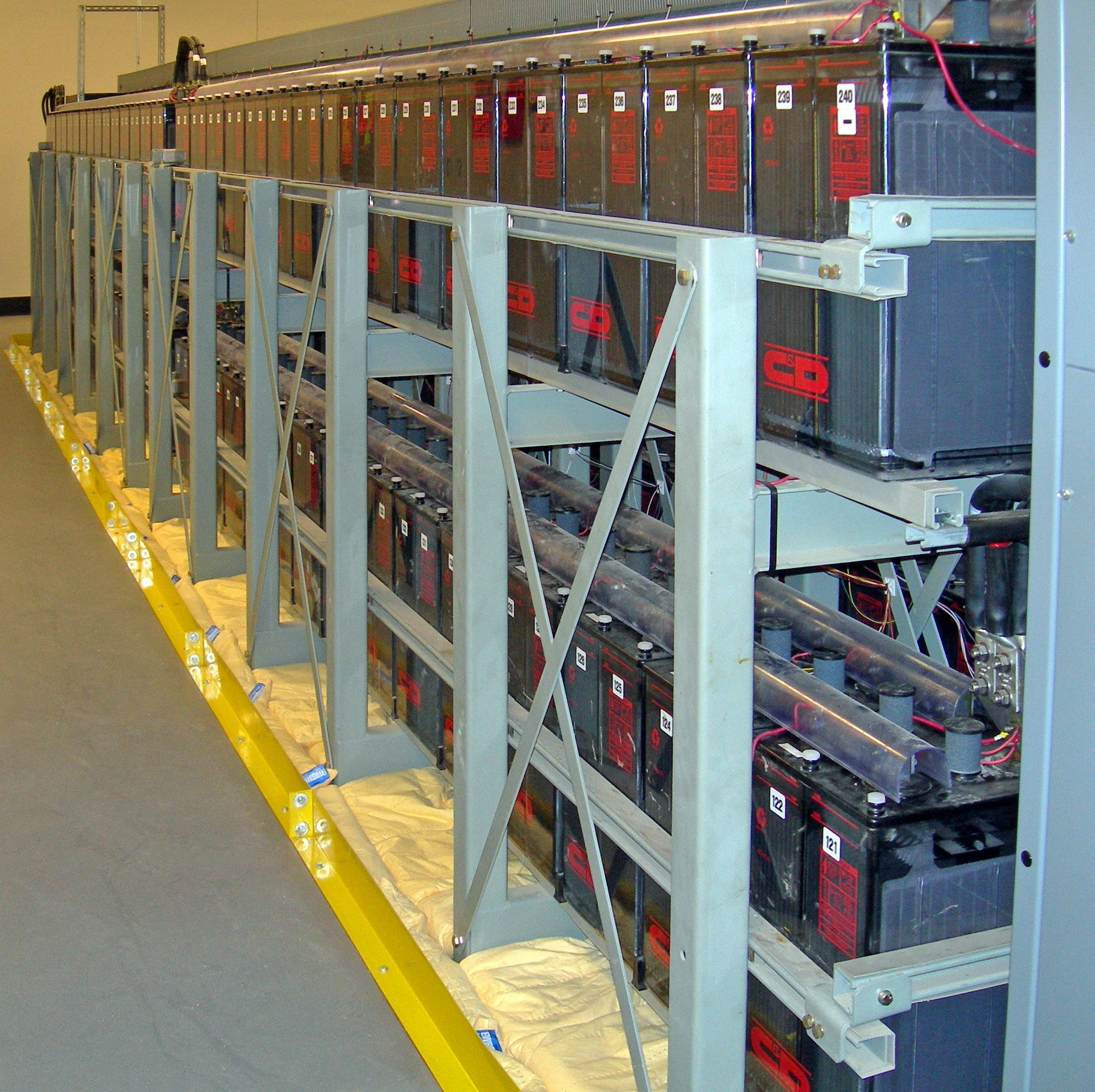|
Energy In Eritrea
Energy in Eritrea is an industry lacking in natural resources, though it has plenty of potential. Eritrea's final consumption of electricity is 33 kilotonne of oil equivalent (ktoe). Electricity In 2019, some off-the-grid community systems rely on a combination of solar power, diesel generators and grid batteries. Renewable energy Eritrea is developing building its sustainable energy capacity from such sources as wind and solar. Development of renewable energy sources helps give the country access to reliable energy and lower greenhouse gas emissions. The government of Eritrea built a wind energy pilot project in the city of Assab in the Southern Red Sea region in 2010 with the help of the United Nations Development Programme. The wind farm has a capacity of 750 kilowatts. It also installed six small stand-alone decentralized wind turbines in the villages of Beilul, Berasole, Dekemhare, Edi, Gahro, and Rahayta. Eritrea has two hybrid mini-grids (solar-diesel) with a to ... [...More Info...] [...Related Items...] OR: [Wikipedia] [Google] [Baidu] |
Eritrea
Eritrea ( ; ti, ኤርትራ, Ertra, ; ar, إرتريا, ʾIritriyā), officially the State of Eritrea, is a country in the Horn of Africa region of Eastern Africa, with its capital and largest city at Asmara. It is bordered by Ethiopia in the south, Sudan in the west, and Djibouti in the southeast. The northeastern and eastern parts of Eritrea have an extensive coastline along the Red Sea. The nation has a total area of approximately , and includes the Dahlak Archipelago and several of the Hanish Islands. Human remains found in Eritrea have been dated to 1 million years old and anthropological research indicates that the area may contain significant records related to the evolution of humans. Contemporary Eritrea is a multi-ethnic country with nine recognised ethnic groups. Nine different languages are spoken by the nine recognised ethnic groups, the most widely spoken language being Tigrinya, the others being Tigre, Saho, Kunama, Nara, Afar, Beja, Bilen and ... [...More Info...] [...Related Items...] OR: [Wikipedia] [Google] [Baidu] |
Industry (economics)
In macroeconomics, an industry is a branch of an economy that Production (economics) , produces a closely-related set of raw materials, Good (economics) , goods, or Service (economics) , services. For example, one might refer to the wood industry or to the insurance industry. When evaluating a single group or company, its dominant source of revenue is typically used by industry classifications to classify it within a specific industry. For example the International Standard Industrial Classification (ISIC) – used directly or through derived classifications for the official statistics of most countries worldwide – classifies "statistical units" by the "economic activity in which they mainly engage". Industry is then defined as "set of statistical units that are classified into the same ISIC category". However, a single business need not belong just to one industry, such as when a large business (often referred to as a conglomerate (company), conglomerate) Diversification (m ... [...More Info...] [...Related Items...] OR: [Wikipedia] [Google] [Baidu] |
Off-the-grid
Off-the-grid or off-grid is a characteristic of buildings and a lifestyle designed in an independent manner without reliance on one or more public utilities. The term "off-the-grid" traditionally refers to not being connected to the electrical grid, but can also include other utilities like water, gas, and sewer systems, and can scale from residential homes to small communities. Off-the-grid living allows for buildings and people to be self-sufficient, which is advantageous in isolated locations where normal utilities cannot reach and is attractive to those who want to reduce environmental impact and cost of living. Generally, an off-grid building must be able to supply energy and potable water for itself, as well as manage food, waste and wastewater. Energy Energy for electrical power and heating can be generated on-site with renewable energy sources such as solar (particularly with photovoltaics), wind, or micro hydro. Additional forms of energy include biomass, commonly in t ... [...More Info...] [...Related Items...] OR: [Wikipedia] [Google] [Baidu] |
Solar Power
Solar power is the conversion of energy from sunlight into electricity, either directly using photovoltaics (PV) or indirectly using concentrated solar power. Photovoltaic cells convert light into an electric current using the photovoltaic effect. Concentrated solar power systems use lens (optics), lenses or mirrors and solar tracking systems to focus a large area of sunlight to a hot spot, often to drive a steam turbine. Photovoltaics were initially solely used as a source of electricity for small and medium-sized applications, from the calculator powered by a single solar cell to remote homes powered by an off-grid rooftop PV system. Commercial concentrated solar power plants were first developed in the 1980s. Since then, as the cost of solar electricity has fallen, grid-connected solar PV systems have Growth of photovoltaics, grown more or less exponentially. Millions of installations and gigawatt-scale photovoltaic power stations continue to be built, with half of new gene ... [...More Info...] [...Related Items...] OR: [Wikipedia] [Google] [Baidu] |
Battery Storage Power Station
A battery storage power station is a type of energy storage power station that uses a group of batteries to store electrical energy. Battery storage is the fastest responding dispatchable source of power on electric grids, and it is used to stabilise those grids, as battery storage can transition from standby to full power within milliseconds to deal with grid failures. At full rated power, battery storage power stations are generally designed to output for up to a few hours. Battery storage can be used for short-term peak power and ancillary services, such as providing operating reserve and frequency control to minimize the chance of power outages. They are often installed at, or close to, other active or disused power stations and may share the same grid connection to reduce costs. Since battery storage plants require no deliveries of fuel, are compact compared to generating stations and have no chimneys or large cooling systems, they can be rapidly installed and placed if ... [...More Info...] [...Related Items...] OR: [Wikipedia] [Google] [Baidu] |
Sustainable Energy
Energy is sustainable if it "meets the needs of the present without compromising the ability of future generations to meet their own needs". Most definitions of sustainable energy include considerations of environmental aspects such as greenhouse gas emissions and social and economic aspects such as energy poverty. Renewable energy sources such as wind, hydroelectric power, solar, and geothermal energy are generally far more sustainable than fossil fuel sources. However, some renewable energy projects, such as the clearing of forests to produce biofuels, can cause severe environmental damage. The role of non-renewable energy sources in sustainable energy has been controversial. Nuclear power is a low-carbon source whose historic mortality rates are comparable to wind and solar, but its sustainability has been debated because of concerns about radioactive waste, nuclear proliferation, and accidents. Switching from coal to natural gas has environmental benefits, includin ... [...More Info...] [...Related Items...] OR: [Wikipedia] [Google] [Baidu] |
United Nations Development Programme
The United Nations Development Programme (UNDP)french: Programme des Nations unies pour le développement, PNUD is a United Nations agency tasked with helping countries eliminate poverty and achieve sustainable economic growth and human development. Headquartered in New York City, it is the largest UN development aid agency, with offices in 170 countries. The UNDP emphasizes developing local capacity towards long-term self-sufficiency and prosperity. It administers projects to attract investment, technical training, and technological development, and provides experts to help build legal and political institutions and expand the private sector. The UNDP operates in 177 countries and is funded entirely by voluntary contributions from UN member states. Also, UNDP is governed by a 36-member executive board overseen by an administrator, who is third-highest ranking UN official after the Secretary-General and Deputy Secretary-General. Founding The UNDP was founded on 22 No ... [...More Info...] [...Related Items...] OR: [Wikipedia] [Google] [Baidu] |
Beilul
Beilul ( gez, በይሉል, Bäylul, ar, بيلول, alternatively, Beylul) is a small cape town in the Southern Red Sea Region of Eritrea. Jerónimo Lobo passed Beilul in 1625 and wrote that it was a small port with no more than 50 inhabitants. The route inland led through virtually waterless land and was dangerous because of hostile tribes. When Massawa was occupied by the Ottoman Empire, the Ethiopian Emperor Fasilides tried to develop a new trade route via Baylul. His choice fell on Baylul, because this port was beyond the Ottoman sphere of control and directly opposite the harbor of Mocha in Yemen. In 1642 he sent a message to the Imam of Yemen al-Mu'ayyad Mohammed to gain his support for this project. Since al-Mu'ayyad Mohammed and his son al-Mutawakkil Isma'il assumed that Fasilides was interested in a conversion to Islam, a Yemeni embassy was sent to Gondar in 1646. However, when the Yemenites understood Fasilides' actual motives, their enthusiasm sank and the project ... [...More Info...] [...Related Items...] OR: [Wikipedia] [Google] [Baidu] |
Dekemhare
Dekemhare (sometimes spelled ''Decamare'') is a town in Eritrea, lying south east of Asmara. Developed as an industrial center, it became a large scale industrial and transportation city, known for its vineyards but was partly destroyed in the Eritrean War of Independence. History The settlement of Dequ-Mehari, now perched above the town of Dekemhare, was founded in the 15th century as a small-scale agricultural community. It was previously overshadowed by the nearby settlement of Gura, which was the location of several battles (including a major one during the 19th century Ethio-Egyptian War) and previously gave its name to Dequ-Mehari's valley. Following their invasion, the Italians devoted significant resources into developing Gura and Dekemhare as an important transportation center. Gura received an air base and a major road was built connecting Dekamhare with the port Nefasit. The Italians built a number of contemporary services in the town. The town became a major base ... [...More Info...] [...Related Items...] OR: [Wikipedia] [Google] [Baidu] |
Rahayta
Rahayta, also spelled Rahaita or Raheita ( ar, راهيتا), is a town in the Southern Red Sea region of Eritrea Eritrea ( ; ti, ኤርትራ, Ertra, ; ar, إرتريا, ʾIritriyā), officially the State of Eritrea, is a country in the Horn of Africa region of Eastern Africa, with its capital and largest city at Asmara. It is bordered by Ethiopia ... and was once the residence of a former sultanate. ReferencesRahayta, Eritrea Populated places in Eritrea {{Eritrea-geo-stub ... [...More Info...] [...Related Items...] OR: [Wikipedia] [Google] [Baidu] |
Areza
Areza ( ti, ዓረዛ) is a town in the Debub (Southern) region of Eritrea. It is the capital of the Areza Subregion. It lies to the west of Mendefera. The area is primarily agricultural and contains 20 ''kebabis'' (residential areas). History During the 18th century, the hereditary chiefs (Shum-Gulti) of Deqi Tesfa ruled from Areza. They faced much opposition during the 19th century from the Seraye. During the reigns of Emperors Tewodros II and Yohannes IV, the chiefs sought to enhance their authority by forming family alliances through marriage with the Tsazzega and the Hazzega. However, by the 1880s they lost control to the Ras Alula and sided with the Italians, who established a colonial post at Areza in 1890. The town grew in regional importance in the 1940s when the building of a dirt road to Barentu saw it develop as a market town. Tension mounted in the region in the 1960s and 1970s with the establishment of the Eritrean Liberation Front (ELF). They eventually li ... [...More Info...] [...Related Items...] OR: [Wikipedia] [Google] [Baidu] |




.jpg)
